The Achilles tendon is strained and stretched when we push off to accelerate into running. The force put on this tendon can be up to seven times the weight of the average body, nearing the maximum amount of strain on Achilles tendon before rupturing.
It is easy to feel this tendon. It is located above the heel on the back of the ankle and feels like a rubbery band of tissue. It is enveloped in a blanket of blood vessels which helps to keep it nourished.
Research actually confirms that the muscles attached to the Achilles tendon do very little work while pushing the body forward into acceleration. This leaves a lot of pressure and strain on the Achilles tendon to do all of the work and stretch while running and then return energy for the next step. The Achilles stores and returns energy to be able to continue to work throughout the running process. The more exercise that is done, the more the body learns to optimize this storage of energy to then be used to help the body accelerate.
However, due to this intense strength that the Achilles stores, it also increased the chance of injury. There are different types of injuries that the Achilles can sustain. These fall into one of three categories, including insertional tendinitis, non-insertional tendinosis, and paratenonitis. Insertional tendinitis is the most common, so that is what will be discussed at length.


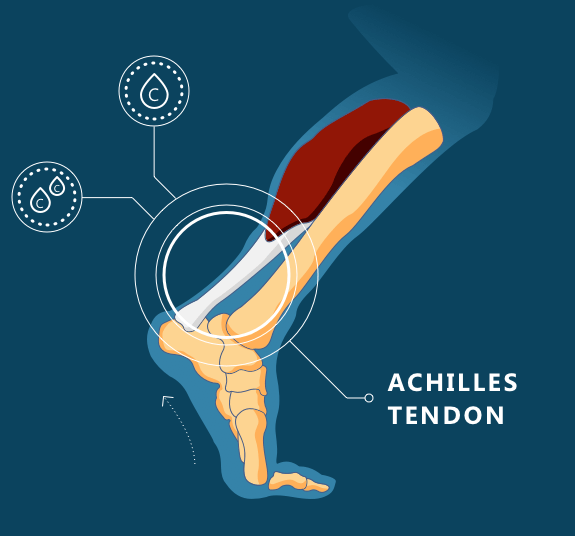
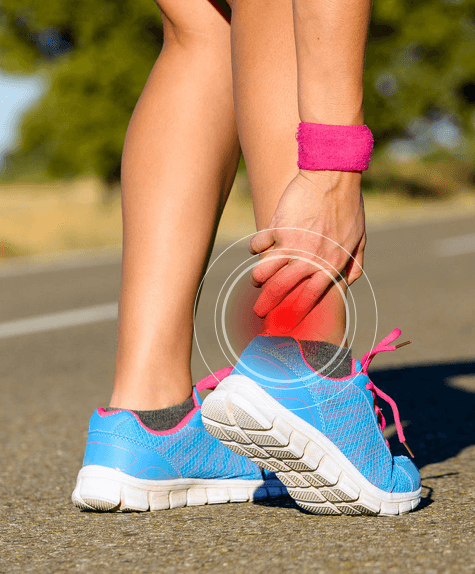

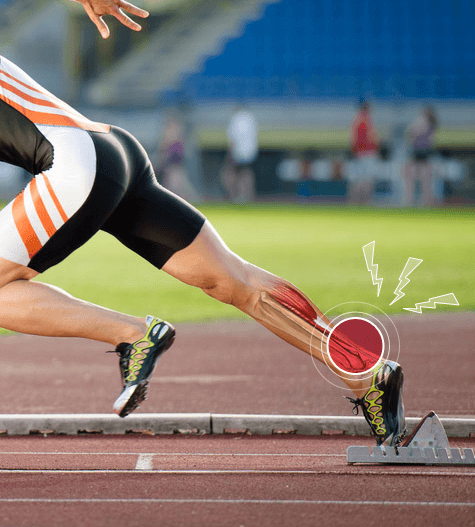
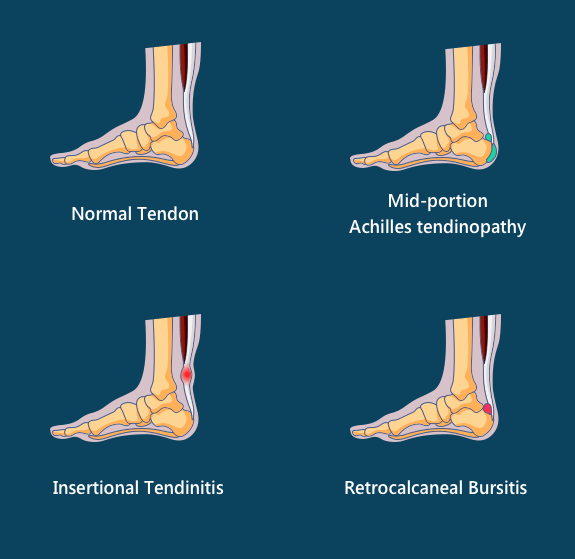
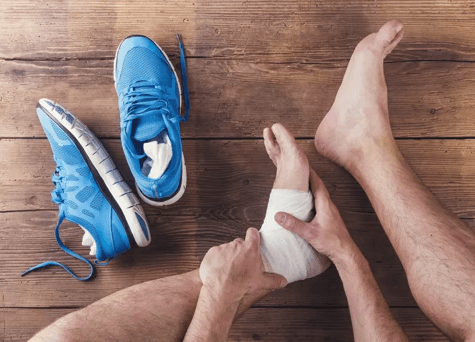
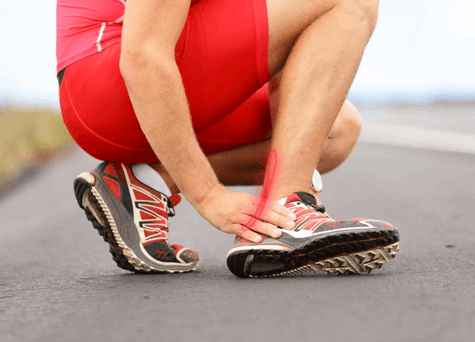
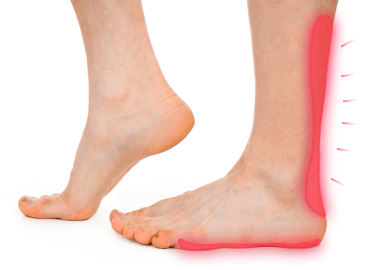
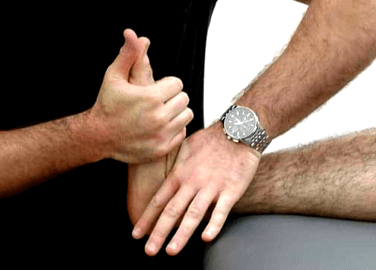
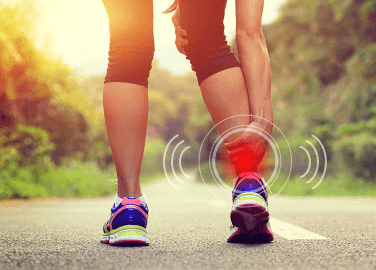
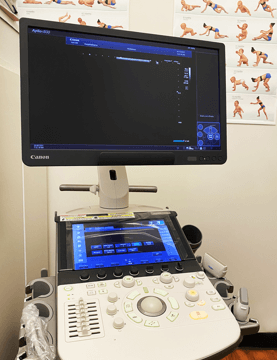
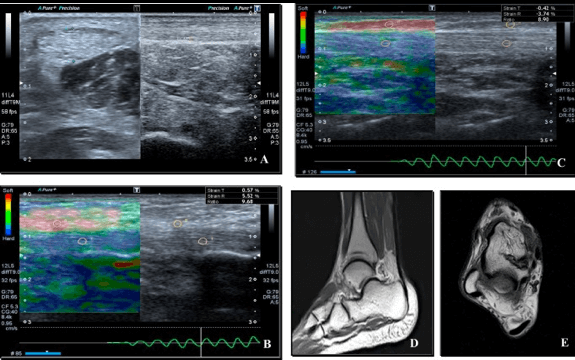
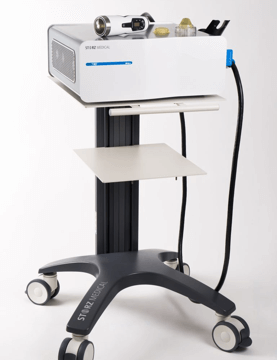
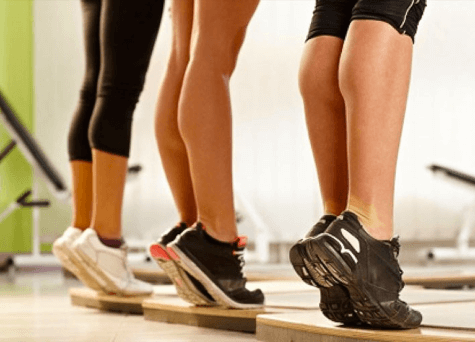
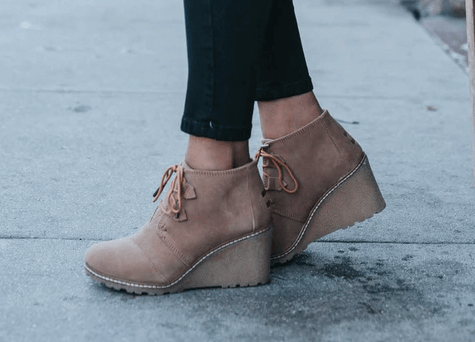
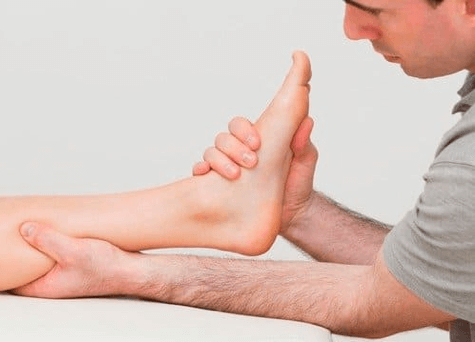
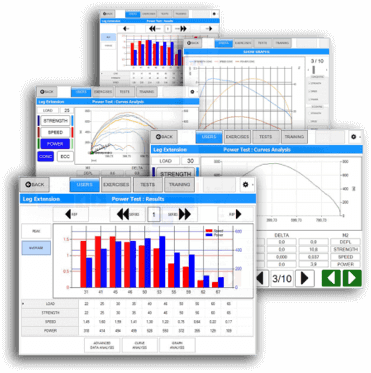
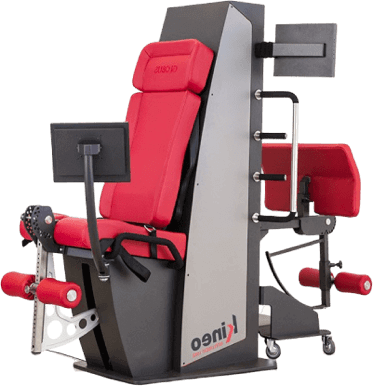



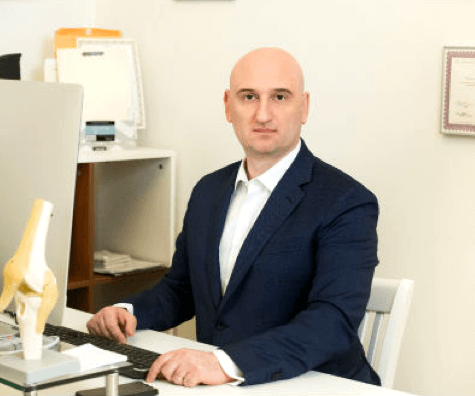
 Dr. Yuri Brosgol
Dr. Yuri Brosgol  Dr. Michael Goynatsky
Dr. Michael Goynatsky 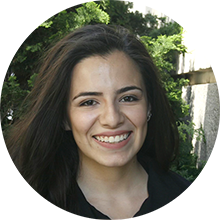 Dr. Daniela Escudero
Dr. Daniela Escudero  Dr. Michelle Agyakwah
Dr. Michelle Agyakwah  Dr. Tatyana Kapustina
Dr. Tatyana Kapustina 






















































